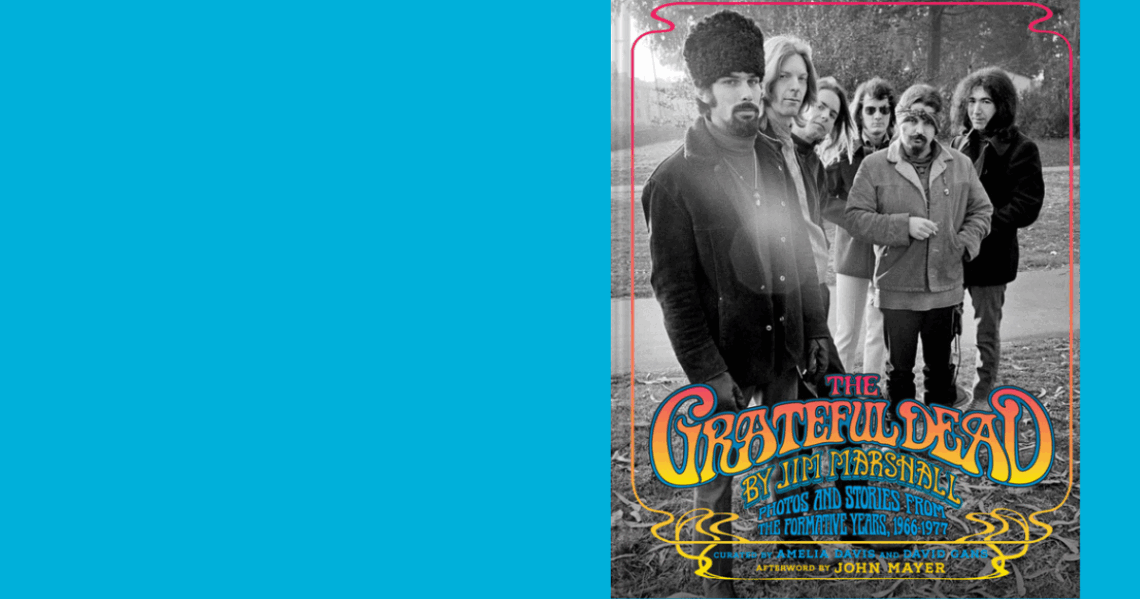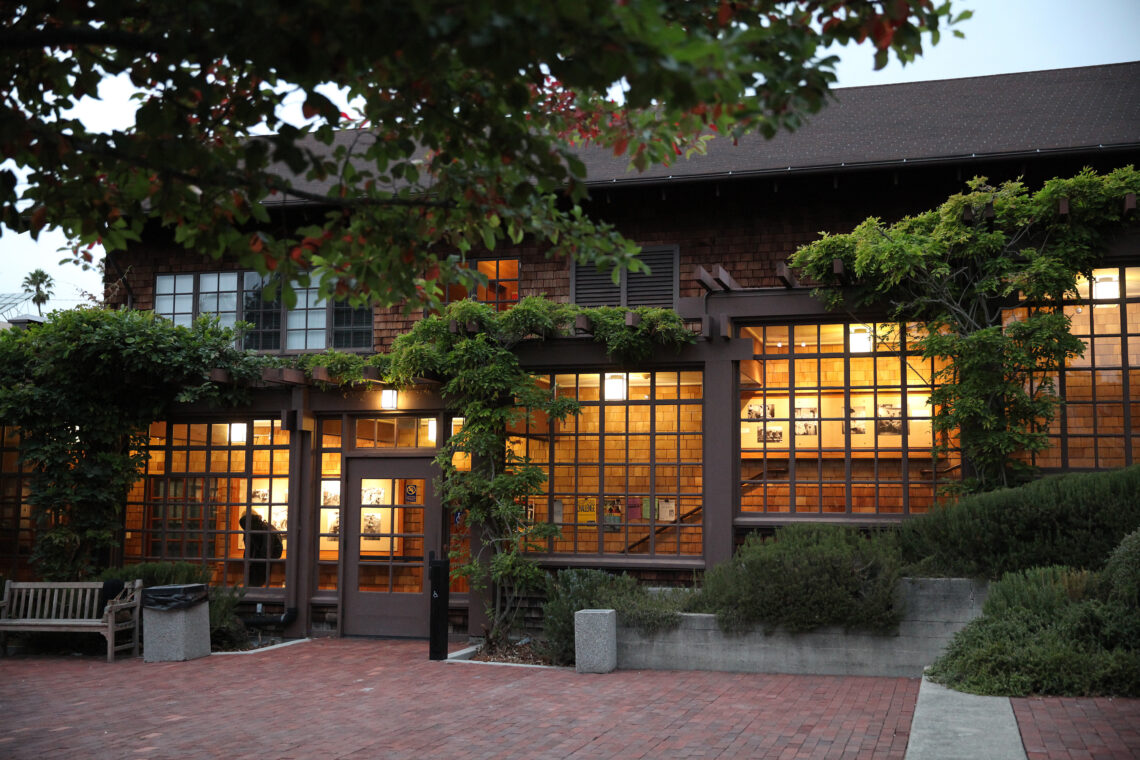The J-school’s resident journalist-historian discusses social activism, travel, and why he’ll never write a biography of any of the Founding Fathers.
Sitting on a soft brown couch in his Berkeley home with feet propped on a coffee table, Adam Hochschild (“Hoch” as in “spoke,” “child” as in “build,” his Berkeley website notes) is much less intimidating than his resume. Co-founder of Mother Jones, journalist for over 50 years and author of eight nonfiction books, Hochschild is humble and a bit avuncular. And since 1992 he has been a staple of the UC Berkeley School of Journalism faculty, teaching a class almost every year on some form of narrative writing.
His warmth and generosity are fodder for stories among students and staff. One student recently told me about meeting Hochschild for the first time. It was at a visiting day for admitted students, and she spent over 30 minutes asking him questions about the School, which he patiently answered. It was only after he left that she realized she had been talking to a famous author, and the co-founder of one of the most prolific investigative magazines in the country.
The good feelings between Hochschild and the J-School are mutual. “I think it’s a wonderful place,” he said to me, “I love the colleagues I teach with, I love the students, I love the building!”
Hochschild himself never went through a graduate program. After graduating from Harvard in 1963, briefly working as a civil rights worker in Mississippi and serving in the army, he jumped into newspaper work. He spent two years as a daily reporter, mostly at The San Francisco Chronicle, working as both a general news writer and as the paper’s Berkeley correspondent in 1965-66, just as Cal’s campus activism was reaching its historic peak. He has long had a passion for writing about social activism and political justice, two themes that are still apparent in his work today.
In the mid-1970s, Hochschild co-founded Mother Jones, a magazine well known for deep investigative dives and long-form pieces. He was one of the magazine’s editors in its early years and did some writing, but, he said, in 1981 he decided to devote most of his time to writing books. His eighth, Spain in Our Hearts: Americans in the Spanish Civil War, 1936-1939, was published in March 2016 to critical acclaim.
Asked why he decided to pursue a career in journalism, Hochschild laughed, “I just liked the idea of having an excuse to pry into other people’s lives.” But more seriously, he added, “I wanted to see more of the world than the slice of it that I’d grown up in.”
Since his transition from journalism to non-fiction historical writing (though he still writes for Mother Jones and other publications), Hochschild has travelled the world in search of engaging characters and vivid scenery. He was in India for five months as a Fulbright lecturer, reported on war in eastern Congo, and spent months interviewing former Gulag prisoners and guards in the former Soviet Union. “I like to write about what interests me,” he said, “and that can be pretty broad.”
When Hochschild does become interested in something, it can quickly turn into an obsession. He described to me a two-month immersive Russian language program he took while researching his book, “An Unquiet Ghost: Russians Remember Stalin,” so that he could interview Gulag survivors and Soviet secret police without an interpreter. On that same trip to the Soviet Union in 1991, he was able to rent a helicopter and fly to a desolate Russian Gulag inaccessible by roads, just because he felt he needed to see it firsthand.
One of the things Hochschild likes about writing non-fiction is that unlike with fiction, there’s no question of credibility. Though he toyed with being a fiction author when he was younger, he said, “You can find such extraordinary circumstances and situations to write about that they just surpass anything that I could make up.”
Hochschild’s role as a journalist-historian follows in the footsteps of earlier authors who combined the two disciplines. He cites Pulitzer Prize-winner Barbara Tuchman as a powerful influence and, he said, “my greatest hero.”
Hochschild said that authors like Tuchman, along with author-historian Taylor Branch, historian Simon Schama and New Yorker staff writer Jill Lepore, showed him that journalism and history can go hand in hand–without sacrificing narrative structure or flair. These authors, he said, “gave me the confidence that you could write history that was as lively as a novel, but at the same time carefully documented and scrupulously accurate.”
Hochschild’s writings often follow characters locked in the timeless struggle of good versus evil, trying desperately to create a better world”Ómuch like the protestors and campus activists he covered as a new journalist several decades ago. “You’ll never find me doing a biography of one of the Founding Fathers,” he said with a smile, “but give me some war resisters, or battlers for civil rights or early feminists or something like that, and I find it worth writing about.”
At the J-School, Hochschild most recently taught a nonfiction book-writing class, where students spent a semester crafting book proposals and honing several chapters. His recipe for nonfiction book success is two-fold–emphasizing both narrative structure and the right subject, one that obsesses the author and engages the reader. Asked to give advice to fledgling nonfiction writers, Hochschild thought for a moment. “The most important,” he said, “is trying to figure out what are the stories that need telling.” Then, it’s up to the author to draw the reader into the story. The art of persuasion, he said, is essential.
In 2012, when he was honored by the American Academy of Arts and Letters, Hochschild wrote a statement about the benefits of writing: “Unlike those in all sorts of other lines of work,” he wrote, “from ballerinas to quarterbacks, you never have to retire.”
Already deep into his next book, Hochschild shows no signs of taking a break. Yet when asked about the subject, he remained coy. “It’s about a group of early 20th Century American radicals and dreamers,” he said, and would not reveal more than that. But I think it’s fair to guess that the characters, much like their author, will once again battle injustice and prejudice, hoping to make their mark on the world.
By Leah Rosenbaum (’18)



